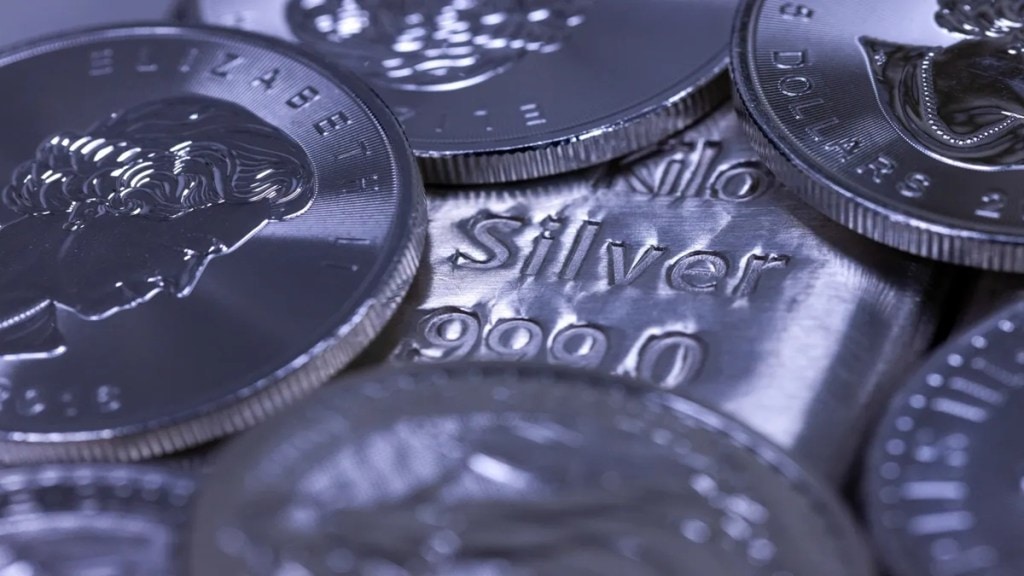Since the beginning of June, silver has begun to catch up with gold. On Monday, Silver prices held firm around $36.40 per ounce, hovering near their highest levels since 2012.
After crossing $35 per ounce, the highest level since February 2012, silver’s price hit its highest point in 13 years. According to most industry experts, the gold-silver ratio falling below 100 could have triggered the silver price spike.
Thanks to the bull run in gold, the ratio has stayed around 100 since January 2025. But the long-term average for the gold-silver ratio has been around 70.
So, either the gold price had to fall or the silver price had to move up. Eventually, silver prices shot up, and today, the gold-silver ratio stands at 93, with the gold price at $3,411 and the silver at $36. The big slump in the gold-silver ratio seems to have triggered the bull run in silver now.
To get the ratio back to its long-term average of 70, the silver price must rise to $48, while the gold price remains unchanged. Alternatively, the price of gold must be correct.
Silver rate today in India is Rs 1,06,730. “At last, silver broke out of its range above $35 (Rs 1,02,000) to trade at its highest point ever, $37 (Rs 107,000). If current positive momentum continues over the ATH, the next target is $38 (Rs 1,11,000), with support at $35.5 (Rs 1,04,000),” says Dr. Renisha Chainani, Head – Research at Augmont
Due to strong industrial demand, continuous supply shortages, and increased appeal as a safe haven in the face of geopolitical unpredictability, silver has increased by almost 23% in the past year.
More than half of the world’s demand is being met by the metal’s expanding use in electronics, solar power, and other electrification trends, highlighting its long-term structural significance.
The silver market is struggling with its fifth consecutive year-over-year supply gap. Price strength is still mostly driven by supply restrictions, even though the Silver Institute predicts that the gap will close by 21% in 2025.
Over the weekend, the Israel-Iran crisis persisted, with both nations aiming to destroy vital energy infrastructure and escalating overall market volatility. Investors are also keeping a careful eye on the US Federal Reserve’s next policy announcement since it is generally anticipated that interest rates will remain steady.
Also Read: Why is gold not in panic mode yet amid the Israel-Iran war?

